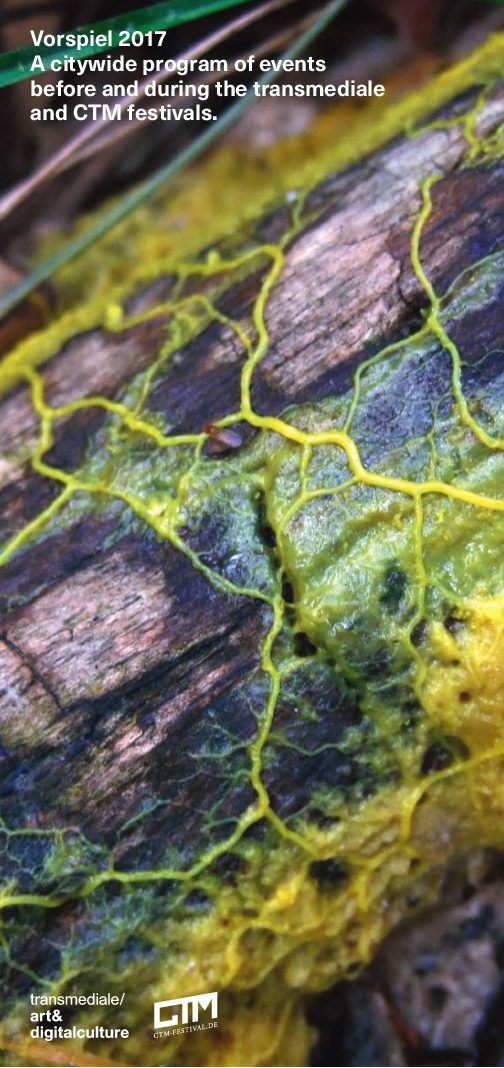Kitchenlab
TOP Association for the Promotion of Cultural Practice
10.02.2017-25.02.2017
For a couple of weeks >top Schillerpalais will turn into a public biochemical lab developed by TOP association in order to propose a platform for rediscovering knowledge, and along it, past, present and future*. The lab arrangement of the kitchen provides an atmosphere for discourses about the world and society, including cultural heritage and scientific knowledge, fermentation and distillation, humans and other living beings. It explores possibilities of a societal shift towards understanding and consciousness of the human species as a balanced element of the ecosystem we live by and within. Kitchenlab aims to gather those interested in working between the studio, the kitchen, and the laboratory, where food culture, experimental lab culture, and artistic and creative practice overlap.
During transmediale Vorspiel 2017, the audience will be invited to join Kitchenlab experiences with Mindaugas Gapševičius, Penka Mincheva, Matthias Roth, Kim Dotty Hachmann, Elizabeth McTernan and Alice Morey. Mindaugas will conduct the workshop “How do I prepare myself for being cloned.” Referring to mythological hybrids like Pegasus, centaurs, mermaids, or minotaurs, the Mindaugas will explain the basic concepts and practicalities of synthetic biology and transgenic organisms. In the next Workshop “Compressing time,” Alice will introduce the making of charcoal from twigs and branches collected around Schillerkiez. For the “Distillation” workshop, Matthias will get together glass pieces into a distillation set and cook some beverages. Led by Elizabeth, ‘Sun collaborations: A workshop introducing the cyanotype process’ is comprised of practical and discursive work devoted to the cyanotype technique, a photographic printing process that produces cyan-blue prints. For her workshop “The body of dough” Kim prepared a set of answers linking the growth of dough and human body. The “Glass making workshop” by Penka is comprised of practical and discursive work devoted to the glass making technique.
* Here the reference is to Donna Haraway’s concept of Chthulucene introduced in “Anthropocene, Capitalocene, Plantationocene, Chthulucene: Making Kin,” published in Environmental Humanities, vol. 6, 2015, pp. 159-165 www.environmentalhumanities.org
Bio:
TOP Association has been operating in Berlin since 2002. Our members develop ideas in the air, often merging politics, economics, and technologies. Crossing many contexts, its members work with art forms that address the humanization of digital technologies through the interplay between the digital, biological, and cultural.
Other contributing artists:
Hanna Bayer, Julia Huerter, Tanya von Barnau, Anja Knecht, Simona Zemaityte, Willem van Hest, Carola Rümper, Tine Lohr, Daniela Ehemann, Sandra Becker, Mirce Liljehult, Ulrich Diezmann, Jakob Roepke, Zuzanna Skiba, Silke Bartsch, Martin Dege, Marcos Vidal, Cathrine Constanse Gjelsnes, Nia Pushkarova, Kenneth Pils, Lotte Nilsson-Välimaa, Mindaugas Gapševičius, Ricarda Wallhäuser, Matthias Roth, Penka Mincheva, Kim Dotty Hachmann, Bertram Schilling, Sibylle Hofter, Silke Klein Kalvelage, Christine Baumann, Linda Weiss, Vilma Šileikiene, Jürgen O. Olbrich, Elizabeth McTernan, Lina Rukevičiūtė, Alice Morey.

